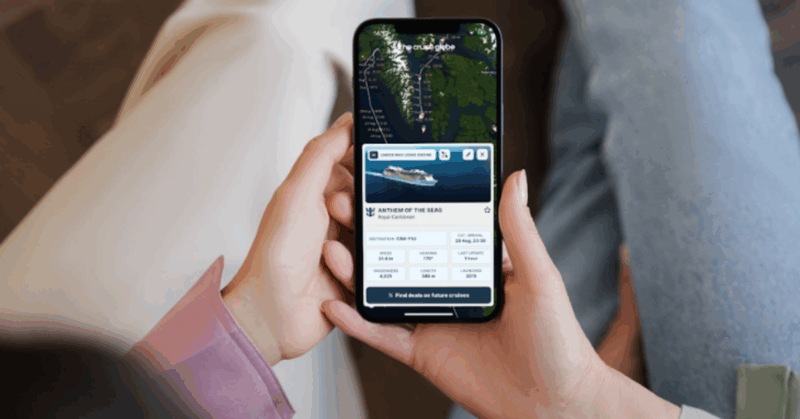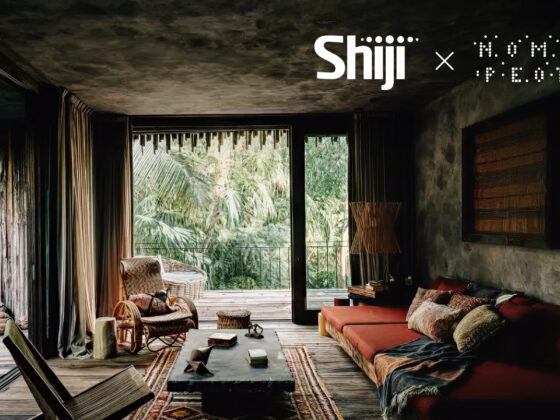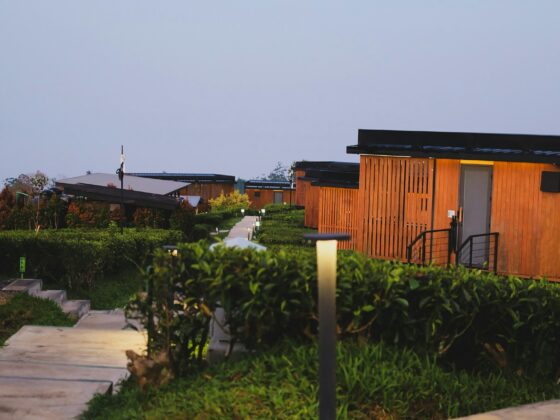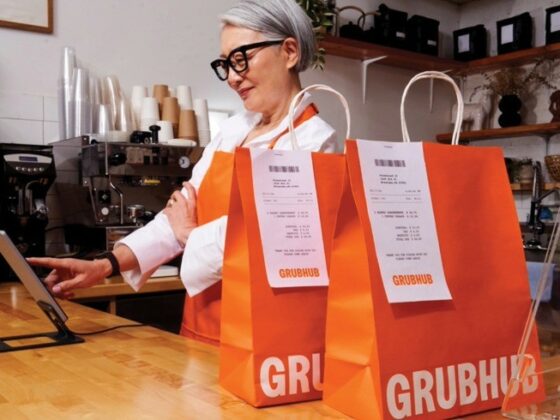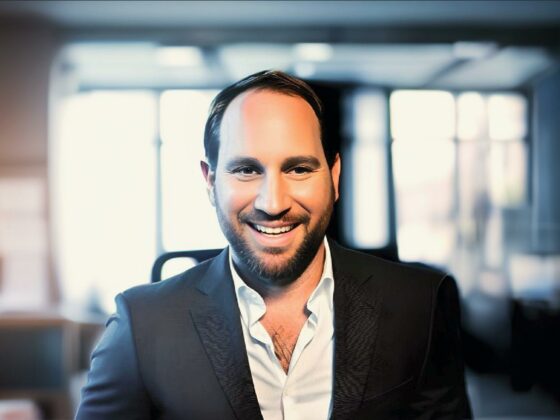Hospitality businesses need more ways to connect with prospective customers. The booking process is often non-linear, with prospective guests meandering across dozens of websites and digital touchpoints.
Research shows travelers look at an average of 141 pages of travel content during the 45 days before booking. This huge number reflects how tough it can be for hospitality businesses to be visible at just the right moments.
Cutting through the noise to better connect with prospective guests is where Google Performance Max for Travel Goals (PMTG) helps.
By creating an opportunity for targeted connections with guests, PMTG creates a halo effect as personalized marketing increases revenue exponentially for hoteliers. They are seeing a dramatic effect on their bottom line.
During the first six-months of 2024, we found that PMTG delivered on average 30% more website traffic and 6% more clicks for our customers. That’s a significant increase in visibility for hoteliers.
The Challenge for Hospitality
Easily findable and comparable information for the search, consideration, and purchase phases of hotel booking can make a big difference to both hoteliers and travelers. But in a digital world saturated with information – particularly relating to travel and hospitality – it hasn’t always been easy for those in the hospitality sector to stand out.
Traditionally, when a user searched for something travel-related, an abundance of content appeared, with the ability to quickly see prices and different booking options missing.
The booking journey needed streamlining. And for hoteliers to improve their direct bookings – they need better visibility.
PMTG as a Solution
So how does PMTG help? PMTG is an ad format that leverages Google’s powerful algorithms. It helps hoteliers increase their visibility across all Google advertising channels and inventory, including: Discover, Gmail, YouTube, Display, Maps, Search, and Hotels Ads.
In particular, PMTG is focused on hotel bookings, destination searches, and travel-related queries, improving the visibility of hotels. It also considers seasonality and travel-specific trends to fine-tune campaign performance.
“Everything [in Google PMTG] is driven by Google AI to find users on their discovery journey,” explained Sebastian Pepe, Team Lead, Travel & Education for Google Ireland. “It’s easy to set up, it’s easy to scale and it’s very easy to maintain. It’s working very well for travel advertisers. It diversifies your approach to new guest acquisition, so it expands your reach.”
Boosting Visibility Leading to Direct Bookings
Google PMTG campaigns boost visibility through impressions and improve traffic by increasing click throughs. This converts into direct bookings.
Using the powerful combination of PMTG with metasearch and paid search fills any gaps to put specific hotels and travel products in front of relevant audiences. In our study, which we ran between January and May 2024, we found that this approach delivers superior Return On Investment (ROI), with hoteliers seeing an impressive 31 times Return On Ad Spend (ROAS) on average, driving sustained momentum and success in marketing efforts, including:
-
32 room bookings generated on average per hotel (good for a top funnel / visibility campaign)
-
6% average Click-Through-Rate (comfortably within the known conversion rate of 5-8%)
-
0.04 average cost per click
-
62,000 average number of clicks generated.
Diversification
Hoteliers can enhance their hotel’s visibility across all Google channels and maximize profitability by combining their metasearch and paid search strategy with Google PMTG. It taps into Google’s advancements in machine learning and artificial intelligence to increase hotels’ visibility to relevant audiences, improving conversion rates.
Google PMTG complements traditional campaigns by expanding ad reach across all Google platforms, connecting hotels to a wider audience that traditional campaigns can’t reach. This strategic approach boosts a hotel’s online presence and also ensures marketing efforts are consolidated, making them more effective and efficient. It optimizes advertising efforts, while making the user experience more rewarding and useful for travelers.

